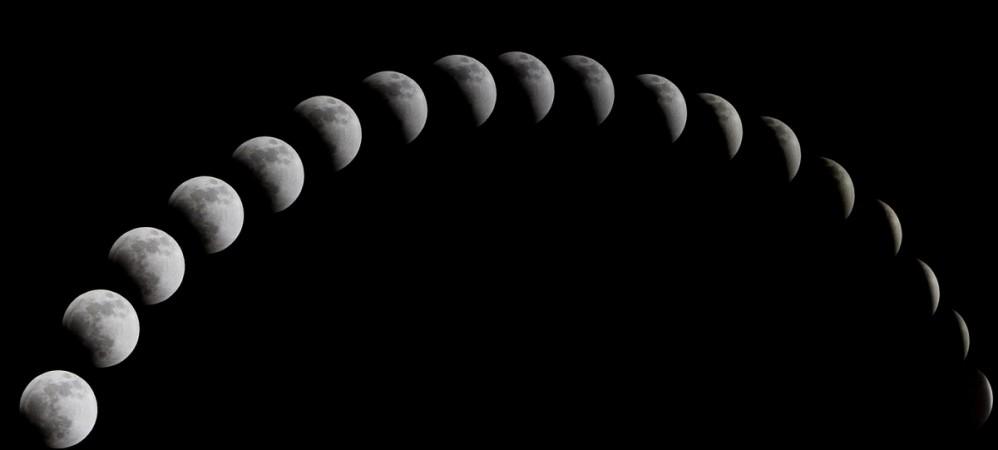
As opposed to previous beliefs, water on the surface of the moon might be spread out and not clustered at the poles. A new study concluded this, as it found water in the form of OH — a more reactive relative of H2O — present all over the surface of the moon.
This striking discovery possibly indicates that future lunar colonies could harvest water right on the moon without having to transport it from Earth. In fact, it also raises the possibility of converting this water into hydrogen and oxygen for rocket fuel, or just oxygen to breathe, say scientists.
"We find that it doesn't matter what time of day or which latitude we look at, the signal indicating water always seems to be present," said Joshua Bandfield, a senior research scientist with the Space Science Institute in Boulder, Colorado, and lead author of the new study published in Nature Geoscience.
He added: "The presence of water doesn't appear to depend on the composition of the surface, and the water sticks around."
Past research suggested that this signal fluctuated depending on the lunar day, which is equivalent to 29.5 days on Earth. But now researchers believe that the signal is abundant all across.

Remote-sensing instruments that measured the strength of sunlight reflected off the lunar surface showed major evidence of the presence of water. Instruments like these pick up a spectral fingerprint at wavelengths near three micrometers when water is present. This area lies beyond visible light and in the realm of infrared radiation.
At the same time, the moon's surface can get hot enough to even "glow" or emit its own light in the infrared region of the spectrum. This raises the need to disentangle the mixture of reflected and emitted light. To do this, researchers had to apply temperature information and create a detailed model based on measurements made by the diviner instrument on Nasa's Lunar Reconnaissance Orbiter.
This temperature model was then added to the data that had been previously gathered by the moon's Mineralogy Mapper. The Mapper is a visible and infrared spectrometer that Nasa's Jet Propulsion Laboratory in Pasadena, California, had provided for India's Chandrayaan-1 orbiter.
The new findings about relatively immobile water suggest that its presence is primarily in the OH form – which doesn't stay on its own for long and prefers to attack molecules or attach them to itself, as per the paper published in Nature Geoscience.

So, for further usage, this OH or Hydroxyl, would have to be extracted from minerals – also indicating that any H2O present on the lunar surface isn't loosely attached to the surface.
"By putting some limits on how mobile the water or the OH on the surface is, we can help constrain how much water could reach the cold traps in the polar regions," said Michael Poston of the Southwest Research Institute in San Antonio, Texas.
In another paper published in Science Advances in 2017, researchers from the Technical University of Dortmund, Germany, found water all over the surface of the moon at all times of the day.
"Possible sources are, amongst others, hydrated minerals or a reservoir at large depth," Professor Christian Wöhler, lead author of the study, shared with Wired.

















